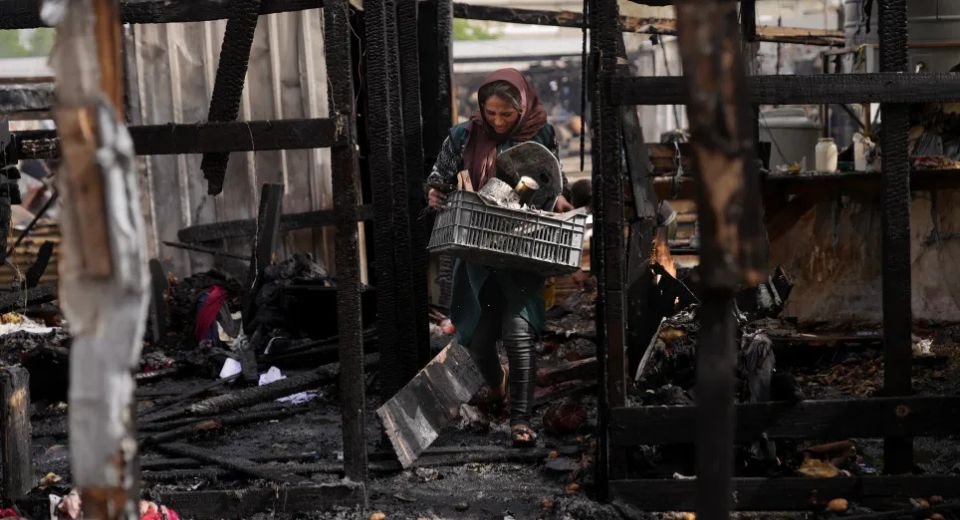HQ Team
November 9, 2024: An international body of technical experts in the field of food security has issued an alert about an “imminent” and “substantial” likelihood of a famine occurring in the conflict-ridden Gaza Strip.
“The humanitarian situation in the Gaza strip is extremely grave and rapidly deteriorating,” according to the alert issued by the Famine Review Committee (FRC) on November 8. “There is a strong likelihood that famine is imminent in areas within the northern Gaza Strip.”
“Immediate action, within days, not weeks, is required from all actors who are directly taking part in the conflict or have an influence on its conduct, to avert and alleviate this catastrophic situation,” according to a statement from the committee.
The FRC is an ad hoc specialised committee consisting of a panel of international technical experts in the areas of food security, livelihoods, nutrition and health.
Activation of FRC
The committee is activated by the Integrated Food Security Phase Classification’s (IPC) Global Support Unit.
The activation happens when there is a need to independently review IPC analysis findings to support quality assurance and technical consensus building in situations when there is a potential or already identified IPC Famine classification or a breakdown in consensus regarding a potential IPC Famine classification.
While an IPC update will be conducted, the alert serves to draw immediate attention to the need to take urgent action to alleviate this humanitarian catastrophe in areas of the northern Gaza Strip, according to the statement.
The FRC was established in 2014 and was originally called the Emergency Review Committee (ERC). Since its inception, the FRC has conducted Famine Reviews in various contexts, including for Ethiopia, the Gaza Strip, Somalia, South Sudan, Sudan and Yemen.
The IPC is a multi-partner initiative for improving food security, nutrition analysis, and decision-making.
Raised to Phase 5
The main goal of the IPC is to provide decision-makers with a rigorous, evidence- and consensus-based analysis of food insecurity and acute malnutrition situations, to inform emergency responses as well as medium- and long-term policy and programming.
The IPC report classified the entire Gaza Strip in Phase 4 (Emergency) acute food insecurity, with Phase 3 (Serious) level of acute malnutrition in September—October 2024. From November 2024 to April 2025, the Gaza Strip has been raised to Phase 5 level.
One hundred and thirty-three thousand people were classified as facing catastrophic food insecurity. The analysis team also conducted a risk of famine analysis and concluded that, under a reasonable worst-case scenario, a risk of famine existed for the whole of the Gaza Strip between November 2024 and April 2025.
Israel designated all of the northern Gaza Strip as a combat zone and ordered the entire civilian population to evacuate. On October 7, 2024, a UN Spokesperson stated that many people in northern Gaza were “trapped” in their homes and were unable to flee the combat area.
Food systems collpase
Food availability in the Gaza Strip needs to be considered in a context where food systems have collapsed. According to the United Nations Office for the Coordination of Humanitarian Affairs data, the number of aid shipments being let into the Gaza Strip (data up to 27 October 2024) is lower now than at any time since October 2023.
On October 28, Israel’s parliament passed a law to ban the United Nations Relief and Works Agency for Palestinian refugees citing the involvement of UNRWA staffers, a few staffers’ membership in Hamas and other armed groups in the October 7, 2023 attack on southern Israel.
The attack triggered a full-scale conflict with Israel’s assault on Hamas-governed Gaza and Gaza’s health ministry estimating that more than 40,000 people have been killed so far.
Israel’s allegations were denied by UNRWA, and the agency said it had initiated a probe.
